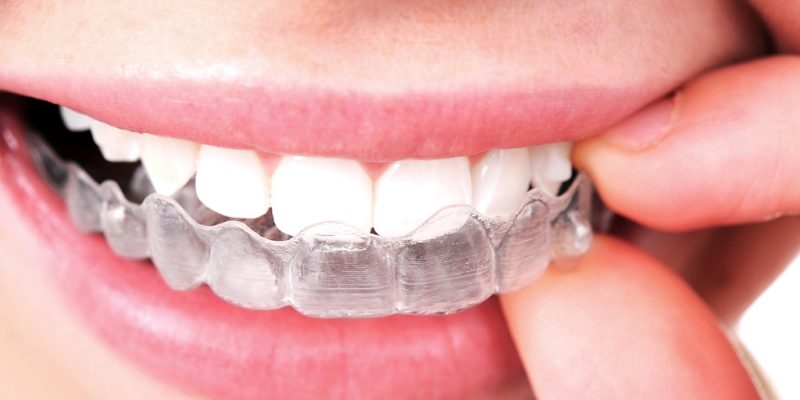Today, the American Association of Orthodontics reports that over 4.5 million Americans receive orthodontic treatment each year.
That has usually translated to traditional braces, but now orthodontists offer a new alternative:
Invisalign.
What does this mean and how do Invisalign vs. Braces treatments differ?
Keep reading to find out more!
When and Why Do Children Need Orthodontic Intervention?
Orthodontic intervention can begin as early as 7 or 8 years old. This typically means an orthodontist checks for any potential problems as a child’s teeth grow in. An orthodontist may look for:
- Underbites
- Overbites
- Crossbites
- Crowding
- Spacing
Additionally, he/she may search for any extra or missing teeth. An orthodontist can also detect potential jaw problems from finger/pacifier-sucking.
We call this preliminary checkup “interceptive” treatment. Children or kids’ orthodontist and such treatment have become a lot more common.
Yet, many children usually receive braces (or Invisalign more recently) between ages 10 and 14.
All About Traditional Braces
We all know the traditional braces: metal, durable, and noticeable. They remain a staple at the orthodontist’s office while proving the most affordable. After all, they offer these benefits:
- Able to treat more complicated dental issues
- “Stuck” on teeth i.e., prevents forgetfulness to offer constant treatment
- Come in in different colors
- No impact on speech
Braces have been around since the ancient Greeks, providing trusted reliability to parents.
That said, braces still have some drawbacks. These include:
- Dietary limitations or restrictions (crunchy, sticky foods)
- More thorough cleaning due to wires and brackets
- Irritation to gums and/or cheeks
- A mouthguard to play sports
Of course, braces come with new and improved designs to maximize comfort plus style. They continue to upgrade as technology advances.
All About Invisalign
Recently, Invisalign seems to have the spotlight. Many celebrities don them, praising the transparency. So what advantages does Invisalign treatment hold? Look at the following:
- Unnoticeable (great for a polished look)
- Quicker treatment time (12–18 months vs. 1–3 years)
- Removable to eat (less cleaning required)
- More comfortable
- Fewer and shorter orthodontic appointments
Sounds great, but what disadvantages exist (aside from a heftier price tag)? They remain:
- Unable to treat severe jaw/teeth problems
- Unable to move teeth up and down or rotate them
- Unable to work with bridges
- Unable to work with crowns
Remember to wear Invisaligners for at least 22 hours per day (we can easily forget since they come off and on, again)! Bear in mind that they may alter speech, too (i.e., lisps).
Consult with an orthodontist to help determine the best option. Remember to factor in price also, as many insurance companies fail to cover orthodontic treatment or only cover certain treatments.
Braces vs. Invisalign: Which to Choose?
Overall, this boils down to a very personal choice. Orthodontic care differs for everyone: getting braces for one may be unsuitable for another.
Treatment may also vary within families. People have different preferences, different problems, at different points in their lives. Additionally, financial and insurance situations change, causing previously unaffordable (or affordable) treatment options to change.
In short, traditional braces and Invisalign come with their own perks and drawbacks, dependent on everyone’s unique situation(s).
Completing braces or aligners are just the beginning. To keep that perfect smile you’ll need to wear retainers the rest of your life.
If you’re still conflicted as to what option is perfect for you, you can visit this dentist who offers Invisalign in Boynton Beach for professional advice.



